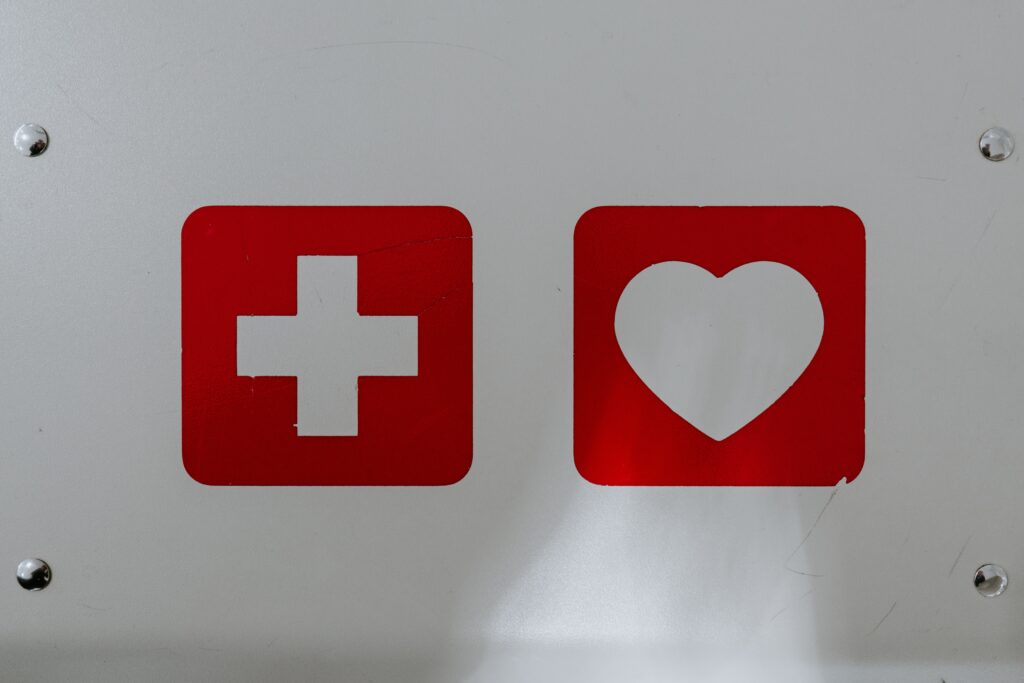
3 minute read
In the ongoing gun debate, one side sees guns as tools for self-defense, while the other sees them as instruments of harm. Both perspectives hold truths, but as gun-related incidents continue to rise, this discussion has reached a fevered pitch. Increasingly, mental illness is proposed as the root cause of gun violence against others.
Nothing could be further from the truth.
The National Alliance on Mental Illness reports that “studies show that mental illness contributes to only about 4% of all violence, and the contribution to gun violence is even lower.”1 In fact, the person most likely to suffer from a gun-related death is the person holding the gun. Mental Health America reports that in 2017, 60% of the gun-related deaths were suicides.2
With more guns than people in the U.S., maybe it’s time to shift the focus to ways to help in real time and right now. Research shows that in the month before a death by suicide 19% of individuals had seen a mental health professional while 45% had seen a primary care provider.
When looking out a year, the percent visiting a mental health professional was 32% and primary care was 77%.3 Behavioral health providers in primary care settings will tell you chronic suicidal ideation is not rare. Integrating behavioral health into primary care has the potential to reach people when they are most vulnerable and provide real time interventions for those at higher risk.
Let me share a real-life example of how integrated behavioral health can address concerns from both sides of the gun debate while enhancing public safety. A behavioral health provider worked with a patient in primary care setting who had active suicidal thoughts involving the use of guns and was also a gun owner. These firearms were locked in a gun safe, of which the patient held the passcode.
After extensive negotiation, the patient agreed to have their spouse change and retain the safe’s passcode as part of a safety plan. In a follow-up visit, the patient expressed how this simple change had remarkably improved their functioning. Without immediate access, anxiety was diminished, and they found the space to find alternative ways to manage stress and unproductive thought patterns.
One can only imagine the different outcomes if intervention had not been readily available in their primary care office—a scenario all too familiar in the news today.
Integrated behavioral health can help to address violence and gun safety in other ways. The American Academy of Family Physicians reports firearms are the leading cause of death in children 1-17 with an average of 28 children and young adults dying every day.4
Screening for domestic violence and guns in the home, as well as providing gun safety recommendations during primary care visits can help to normalize these conversations as well as provide opportunities for early intervention. Gun safety should be no different than assuring medications and household poisons are properly secured.
The majority of gun owners are not violent. The majority of individuals with behavioral health concerns are not violent. Demonizing either group does not solve any problems.
Integrating behavioral health into primary care impacts many aspects of patient health and well-being. It improves care, reduces health expenditures, and saves lives. Shifting our policy focus towards living more safely with guns and identifying policies that support this objective will make a difference long before we reach consensus on other aspects of this complex issue.
References
- https://www.mhanational.org/gun-deaths-violence-and-mental-health
- https://namica.org/advocacy/criminal-justice-advocacy/the-truth-about-mental-health-and-gun-violence/
- https://www.ncbi.nlm.nih.gov/pmc/articles/PMC5072576/
- https://www.aafp.org/pubs/afp/afp-community-blog/entry/counseling-parents-about-the-leading-cause-of-death-in-us-children-guns.html#:~:text=In%20comparison%2C%20a%202022%20American,equivalent%20of%20a%20typical%20classroom

Leave a Reply